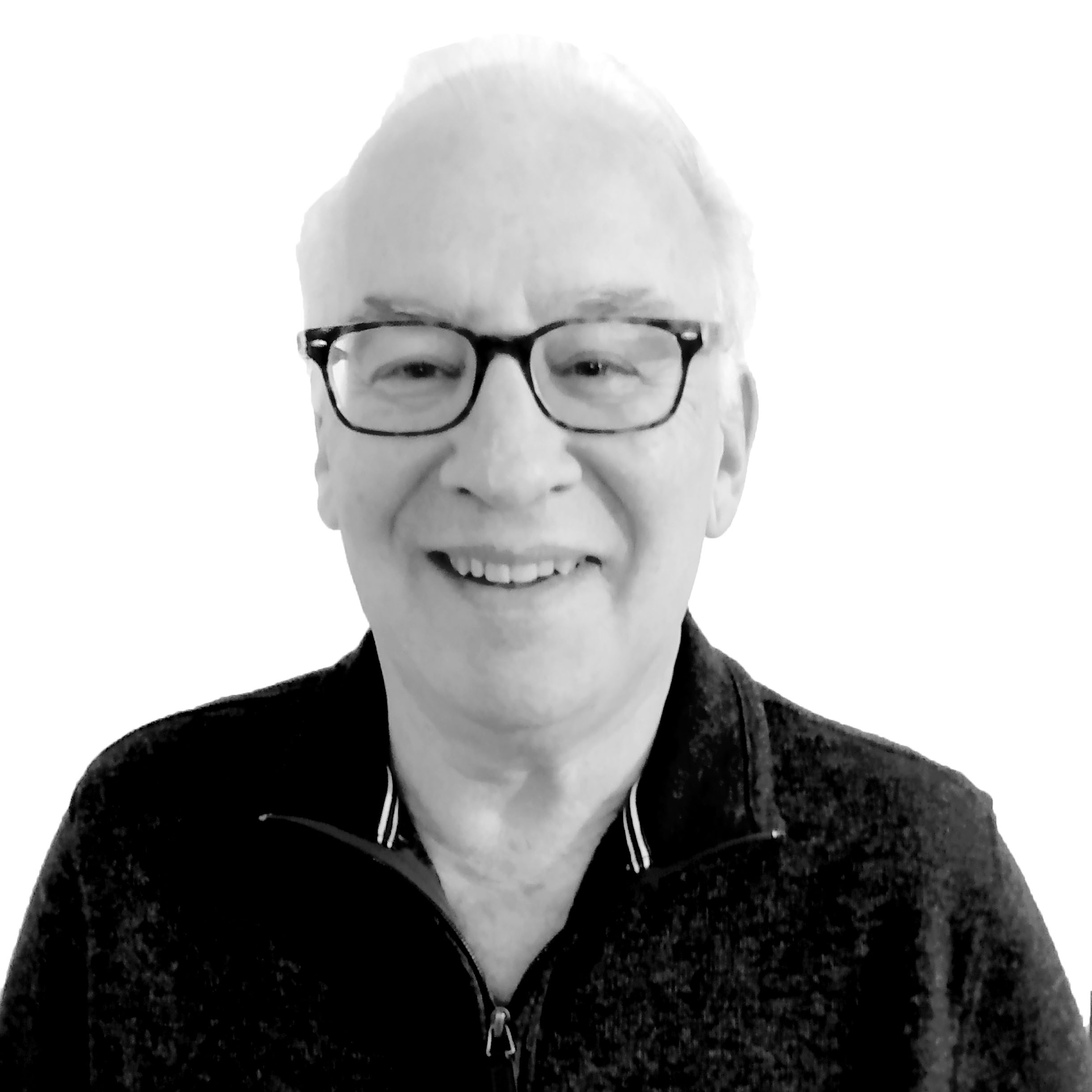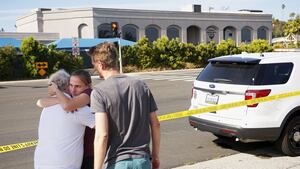They’re known as “trauma tourists”—people who flock to the scene of natural disasters, airplane crashes, or mass shootings, some to gawk, others to help ease the pain of the survivors as best they can. Like the man who has made over 25,000 crosses for victims of numerous horrors; or the folks who tote therapy dogs around the country; even a clown known for plying his trade in hospital wards.
Trauma tourists were among those who showed up in the Squirrel Hill neighborhood of Pittsburgh three years ago after a white nationalist named Robert Bowers murdered 11 mostly elderly Jews at the Tree of Life synagogue, the largest mass murder of Jews in American history. Some of these visitors were needed and greeted warmly; others were just people who needed attention themselves.
“They mean well, and when they listen to the needs of the community they can be helpful,” says Mark Oppenheimer, author of Squirrel Hill: The Tree of Life Synagogue Shooting and the Soul of a Neighborhood.
But, he adds, “the problem is when they put their own needs ahead of the community. Nevertheless, a lot of people came, and they weren’t bad, but it’s insensitive when people are overwhelmed.”
Oppenheimer’s book is an in-depth look at the response to the shooting by the Squirrel Hill community, the heart of Jewish Pittsburgh since World War I. It delves into not just the intricacies of Jewish mourning and burial rites, but also how the city came together to support the neighborhood, President Donald Trump’s controversial visit, schisms between Orthodox and more secular Jews regarding reaction to the shootings, and more than anything, why the area was a unique staging point for such a horrible act.
Or, as Oppenheimer says in the book, “Morbid as it is to say, if mass murder had to come, there probably was no place in America better positioned to endure it than Squirrel Hill.”
In other words, this was no Walmart in El Paso, African Methodist Episcopal Church in Charleston, high school in Columbine, or gay nightclub in Orlando. The shooter attacked a vibrant community of like-minded souls.
“This was not a school shooting, not a shooting at a store or a movie theater,” says Oppenheimer. “This was a crime against adults in a community of adults who knew each other well. The kind of mutual support for the victim’s families relied on a specific character of grownups in a tight-knit neighborhood. The community that was attacked was tightly woven, and that is the exception in mass shootings.”
But it was not just Squirrel Hill’s reaction to the slaughter that made a difference; it was how the entire city, which the local newspaper referred to as “perhaps the least anti-Semitic city in the country,” dealt with the incident. A “Stronger Than Hate” graphic design that incorporated the Star of David and the Pittsburgh Steelers logo became the iconic image of the shooting and was even shared on Instagram by Steel City natives like Michael Keaton. Thousands of Pittsburghers showed up for a vigil honoring the victims arranged by students from a local high school. And on the day of one of the victim’s funerals, The Pittsburgh Post-Gazette ran the first four words of the Jewish Mourner’s Kaddish, in Hebrew, at the top of its front page.
“One can’t quantify a city’s level of antisemitism,” says Oppenheimer, “but relative to other large cities, Pittsburgh is quite free of [it]. Pittsburgh has always had distinct ethnic neighborhoods, with respect among those neighborhoods, and there’s a strong civic culture that has been available to Jews and other groups.”
Not that there weren’t those, particularly some members of Pittsburgh’s Black community, who questioned the enormous amount of attention given to the Squirrel Hill shootings, when the murders of many local Black men and boys, spread out over the year, had been forgotten almost overnight. Some of this frustration came from the local high school, which was one-third Black, and at a meeting of the school’s Black Student Union, feelings ranged from support for the Jewish community, anger towards the seemingly dismissive attitude surrounding Black deaths, and a middle position of upset about the shooting but vexation that the same outpouring of grief did not follow Black deaths.
“I felt a lot of sympathy for non-Jews who didn’t get the kind of attention that Jews got in the aftermath of the shooting,” says Oppenheimer. “It’s quite clear in many Black communities there’s a constant drip of violence that is debilitating in its own way.”
Squirrel Hill spends little more than a page on the shooter himself—“The hate-soaked mental world of white supremacist murderers is something that doesn’t interest me a lot,” says Oppenheimer—but does go into depth about more arcane subjects, like the archivist hired to catalogue the material created in response to the violence—everything from letters to hand-knit woolens and teddy bears—and how much of it was really worth remembering. Oppenheimer mentions in the book that although the individuals who died were unique in their own way, a lot of “the stuff that survivors produce to commemorate them is uniform, predictable, and trite.”
But, the author told The Daily Beast, “It’s important that somebody archive all the artifacts of grief. I think anyone interested in Jewish mourning rites should be interested in how Jews mourn after events like these. It’s important for people to know other cultural traditions.”
Not that all the Jews in Squirrel Hill were on the same page in how they dealt with the aftermath. The Orthodox, who tend to be easily identifiable because of their dress, like the wearing of skullcaps, tended to relate differently to the event than more secular Jews because, says Oppenheimer, “the Orthodox were less surprised. They live with a certain low level of awareness of antisemitism all the time. They get weird looks. But if you are secular, and are white, you may never think about it.”
And then there were those who felt that just mourning the dead wasn’t enough, that the community should have used the tragedy to make a political statement about white nationalism and gun control. “A lot of the community did get political,” says Oppenheimer, “but it’s not for me to prescribe political activism to people who wanted to pray, to meditate. It’s a human tragedy that belongs to all of us, but it belongs to the victims’ families, and I’m pretty agnostic as to how they should respond.”
Still, ask Oppenheimer his solution, if there is one, to the disease of mass shootings in this country, and he isn’t “agnostic” at all. “I think we need much smarter gun laws,” he says. “They will not end mass shootings, but they can’t hurt. At some point before the Messiah comes, we will get better gun laws. But I can’t predict when.”







